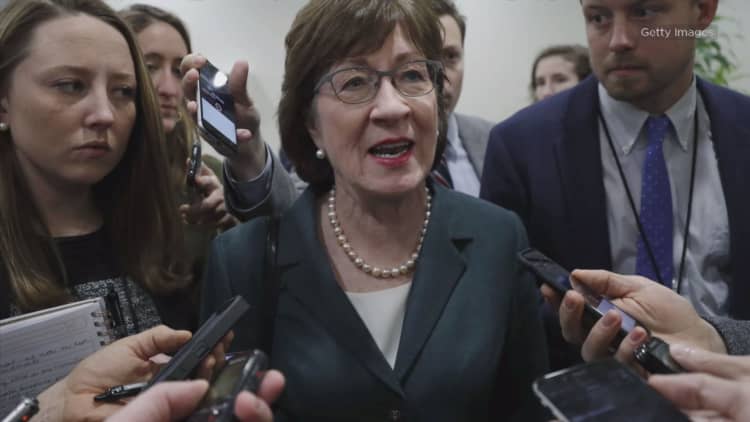The launch of Obamacare was followed by a nearly 12 percent average decrease in out-of-pocket health spending among all Americans in a two-year span — but premiums rose by the same percentage and by a bigger dollar amount, according to a study released Monday.
The poorest Americans as a group saw an even bigger plunge in out-of-pocket health spending — 21.4 percent, the study published in the journal JAMA Internal Medicine found.
The savings in out-of-pocket health spending for individuals of all incomes averaged $74.
At the same time, the study found that U.S. households on average saw a 12 percent increase in their health-care premiums or monthly charges they pay for insurance coverage, according to the report.
The average premium increase for a household was $232 annually after Obamacare launched.
And people who earn over 400 percent of the poverty level, or $48,240 for a single person, were hit with a premium increase of almost 23 percent in a two-year span.
Overall, the JAMA study identified a shift in health-care spending, with poorer people spending less after the Affordable Care Act was fully implemented, and higher-income households spending more.

And many people "continue to experience high-burden out-of-pocket and premium spending," the report said.
Spending is considered "high-burden" if a family spends more than 10 percent of its income on out-of-pocket health costs, which can include deductibles, co-payments and coinsurance. Premiums are considered high-burden if they exceed 9.5 percent of income.
While high-burden out-of-pocket spending dropped 20 percent across all income groups, middle-income households saw a 28 percent jump in high-burden premium spending, the study found.
"Our findings suggest that the Affordable Care Act reduced out-of-pocket costs for many Americans," said the report's lead author, Dr. Anna Goldman, a primary care doctor at Cambridge Health Alliance and fellow at Harvard Medical School.
"But the ACA didn't stem the steady rise in families' premiums. Overall, the law helped ease families' medical cost burden, but there is plenty of room for progress."
The study, which examined spending data from more than 83,000 adults, looked at changes in health-related expenditures in 2014 and 2015.
Those were the first years in which health coverage from private individual Obamacare plans was available from government-run marketplaces, and in which health plans were mandated by the ACA to cover preventative services and contraception without imposing out-of-pocket charges on patients.
That period also saw the continued expansion of Medicaid benefits to more poor adults in an increasing number of states under the ACA. As of now, all but 18 states have expanded benefits under Obamacare.
"The ACA's Medicaid expansion, which generally required enrollees to pay neither premiums nor co-payments, likely accounts for our finding that out-of-pocket spending decreased among the lowest-income group after the law's implementation," the report said.
WATCH: Congress deals 2 big blows to Obamacare



